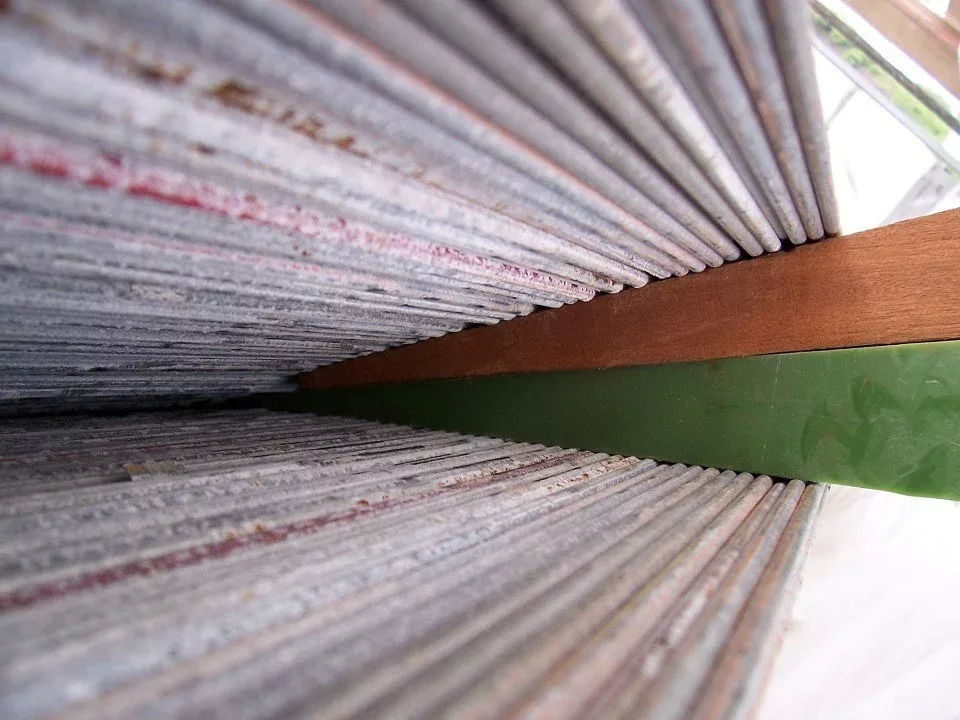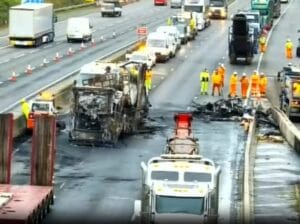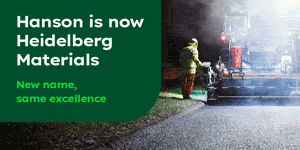National Highways is beginning a programme of cable inspections on the M48 Severn Bridge to monitor corrosion which will involve lane restrictions and some full closures of the bridge.
The government-owned company, with its contractors Amey and VolkerLaser, will be inspecting several sections of the two main suspension cables as part of routine investigations to ensure the bridge remains safe for years to come.
One of the UK’s only parallel strand bridges, there are very small spaces between the 5mm wires that form the bridge cable that allowed moisture to enter and cause corrosion.
The 511mm diameter main cables are opened up and inspected every five years.
Carried out in three phases, inspections will be focused on the lower central area of the suspended cable midway along the 988-metre-long main span of the bridge.
Cables are also being checked at the upper levels using two specially designed gantries that will need to be installed using a crane and under a full closure of the bridge.
Chris Pope, Project Manager for National Highways, said: “Built over 55 years ago, the M48 is a crucial route across the River Severn and it is imperative we maintain it long into the future.
“The inspections are vital to allow us to understand the current condition of the suspension cables and confirm that the measures that we implemented over the last 15 years have been effective in ensuring the long-term viability of the bridge and the safety of its users.
“We understand this work may cause some inconvenience and disruption, but we will make every effort to ensure the impact on drivers is kept to a minimum.
“We are working in conjunction with the Welsh Government and its South Wales Trunk Road Agency to ensure minimum disruption during the closures, and avoiding any major events on either side of the bridge.”
To carry out these cable inspections and to ensure the safety of both the public and workforce, long-term lane closures will be put in place.
The inspection works will involve the closure of one lane westbound from the 22 June and one eastbound starting from July, with the works lasting for around eight months.
During the period of lane closures, vehicles over 2.9 metres wide will be prohibited from using the M48 Severn Bridge, and the bridge will also be closed totally over three weekends to enable the lifting of the inspection gantries to a high level on the suspension cable.
The first full closure is planned for the weekend of 25th – 26th June, with motorists being diverted across the M4 Prince of Wales Bridge.
To minimise any future disruption, maintenance work will also be undertaken during the closures, including refurbishment and maintenance of many bridge expansion joints, carriageway surfacing repairs, reinstatement of some under bridge gantry bogies and wheels, sweeping and litter picking, blasting and painting of parapets and lighting column bases, weld repairs, carriageway inspections, and gulley and drain cleaning.
Scott Millar, Account Director at Amey, said: “The M48 Severn Bridge is an impressive structure requiring our dedicated team of experts to continually inspect and maintain all of its components.
“This is complex and essential work that will guarantee the long-term integrity of the cables. Working with National Highways we will ensure that disruption to people’s journey’s during this period will be kept to a minimum on this vital link across the Severn estuary.”
Contractor Amey and consultant VolkerLaser are carrying out the programme of works, which involves stripping back the cables’ white protective polyethylene sheaths, before removing the original red lead paint to expose the 8,322, 5mm diameter parallel high tensile steel strands which make up the overall main cable.
Wedges are then hammered into the centre of the cable at eight points around the circumference to separate the strands, enabling the team to inspect the surface for damage and corrosion.
By producing cross-sections of the cables which detail the condition of the cable, repair work can then be undertaken on strands if required.
Over the last 15 years, National Highways have introduced a number of preventative measures to protect the cables, including weight restrictions on lane 2 in both directions, acoustic monitors to identify any wire breaks and dehumidification on the cables.
This involved wrapping the cables in an elastomeric material, with ongoing drying to prevent further corrosion.
(Picture – National Highways)

























